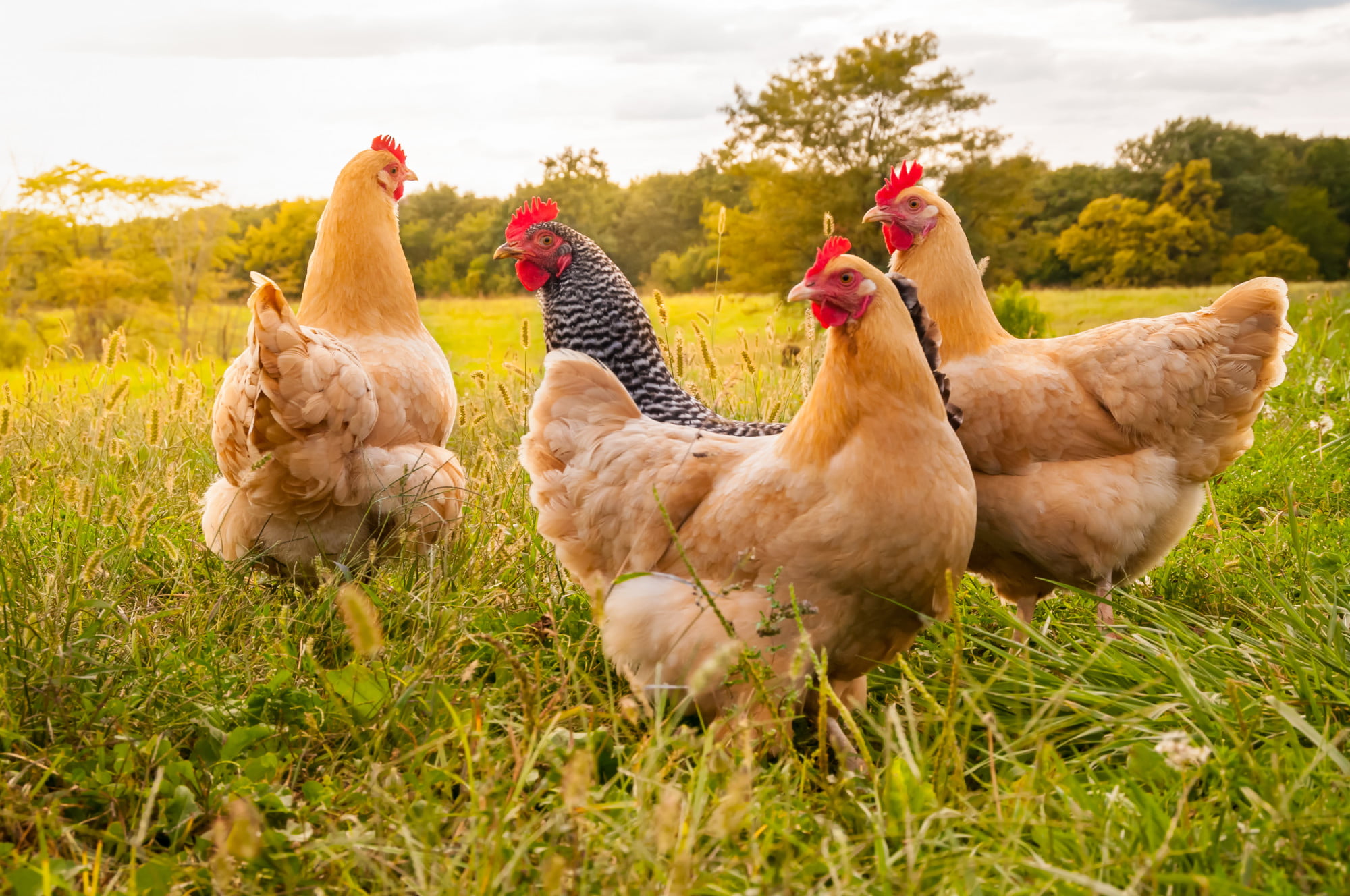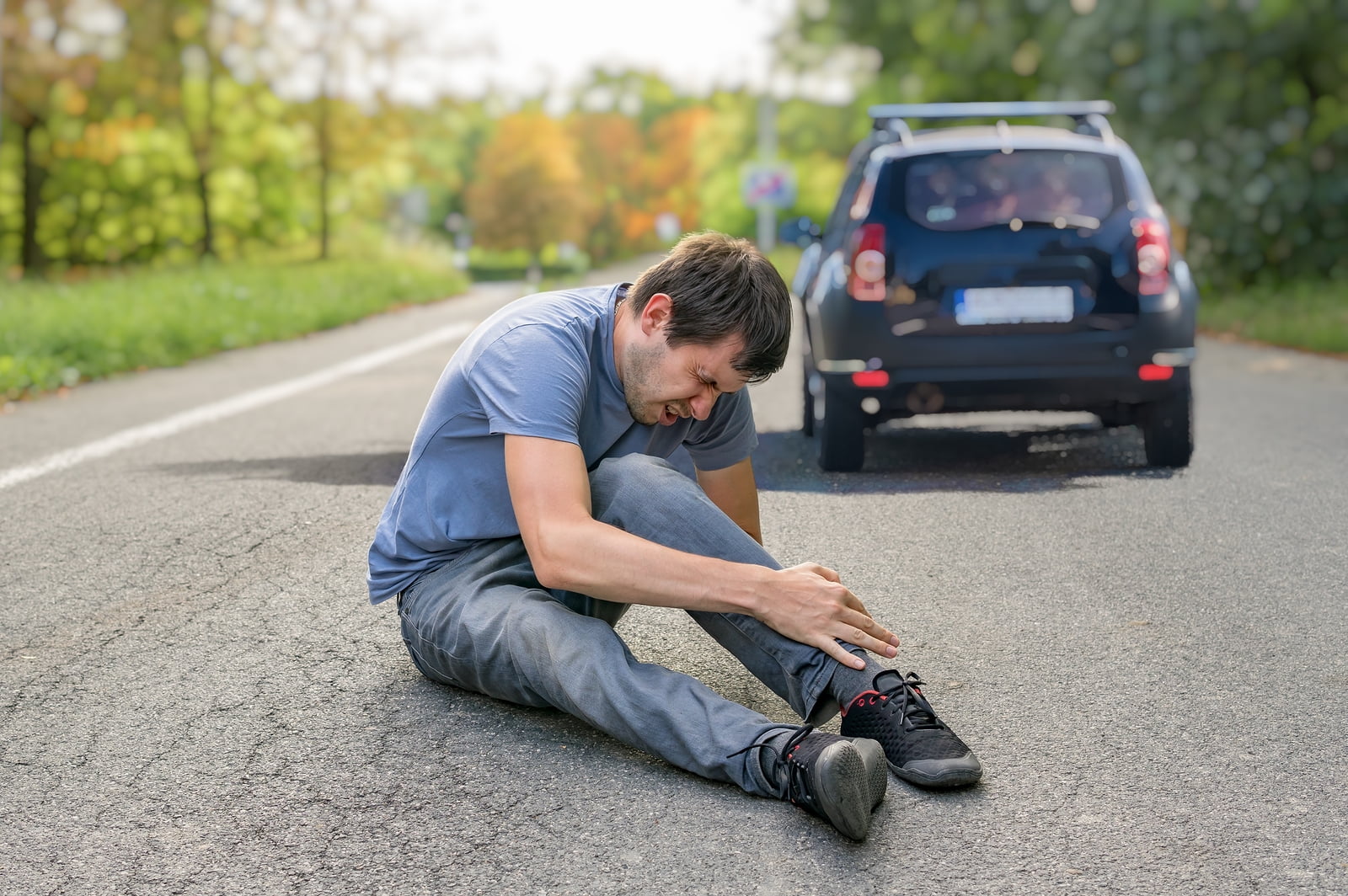
If you’ve ever fired a gun before, you’ve certainly had an encounter with gun recoil. Nobody loves it. In fact, everyone hates it.
But gun kickback is a natural part of the shooting process. And you can’t really blame the gun. You are, in fact, causing a miniature explosion to take place inside a small metal chamber.
There’s a lot of power and pressure generated with each shot. And all of the pressure needs to go somewhere. Unfortunately, the law of physics causes the gun to move towards your face.
If you want to prevent yourself from getting a black eye from shooting a rifle, or from getting a sore shoulder from constant target practice then you need to learn how to deal with recoil after bullet discharge.
In order to learn how to deal with it, you first need to understand how it works. Keep reading to learn everything you need to know about gun recoil today.
What Is Gun Recoil?
So what is recoil? Recoil is the response of the gun as a result of shooting a bullet.
When shooting a bullet out of a gun, you are causing a physical and chemical reaction. When the firing pin strikes the primer, the gun powder in the shell ignites. When this happens, an explosion takes place, which results in the creation of both gas and energy, along with other debris.
The energy and gases created are what propel the bullet forward, out of the barrel, and at high speeds. But as science has determined, for every reaction, an equal or opposite reaction must occur as well.
So as the bullet launches forward, energy is also being launched backward. This backward movement of the gun is known as the recoil or kickback. So recoil is the force pushing the gun back towards its operator after each shot.
Luckily, some of this force can be put to good use. For example, in the case of semi-automatic firearms, the force generated from the initial shot is then used to eject the spent casing from the action and recock the gun, preparing another shot.
However, even with a semi-automatic gun, there’s still some felt recoil, as the force from the bullet firing and the force of the reloading action are not equal. The excess force still moves the gun towards you.
Why Recoil Is a Problem
Gun recoil causes a lot of problems, particularly for new shooters than don’t know how to compensate for its effects. One of these is physical discomfort.
When something is pushing up against you, and you are trying to hold it in place, it’s uncomfortable. Depending on how strong the kickback is, it could hurt and even injure you.
Many novice shooters have received a black eye by shooting a gun while looking down a scope, only to have the gun kick back and smack their eye. Others experience pain in the shoulder, as this is where the butt end of the rifle sits while shooting.
When firing a powerful rifle, this area on the body is responsible for dealing with the blow, which can cause bruising and soreness.
Aside from pain, recoil and mess up your accuracy on follow-up shots. Whether you are shooting a target or a game animal, you want to be able to take a second shot if you have to.
But if your target is a long way off, recoil can move your gun completely. This means you’ll have to find your target once more, which can prove to be quite difficult. By the time you do, it might be too late.
Even if you only need to take one shot, gun recoil might mess you up before you fire. One of the biggest mistakes that shooters make is responding to recoil before taking a shot. Because they are so used to the gun pushing back, users will move the barrel of the gun down and forward, in anticipating the pending recoil.
Benefits of Reducing Recoil
So what are the benefits of reducing the actual and felt recoil of your firearms? For one, they will be much more enjoyable to shoot.
When it doesn’t hurt your body to fire a gun, you’ll want to do it more and more.
Also, your accuracy is likely to go up. Since most people move the muzzle of their gun subconsciously when they shoot, having less recoil on the gun can reduce this.
And you’ll always be able to keep your scope, and your eye, on your target. That way, you are always ready for a follow-up shot.
How to Reduce Recoil
So what does it take to reduce the felt recoil in order to improve gun accuracy and the overall shooting experience? There are a handful of options, and a combination of a few will work best.
Install a Muzzle Break
One of the best, and easiest ways to reduce recoil is by adding or upgrading a muzzle brake. Muzzle brakes are installed to the end of the barrel.
They are designed to redirect the flow of gases generated after each shot. By redirected the flow of gas to the side, there will be a lot less rearward force pushing back on the gun.
When you upgrade your muzzle brake, make sure to always wear earmuffs, even when shooting outside. The redirection of gases can cause some of the sound to travel back towards you as well.
Try a Recoil Compensator
Many people think that muzzle brakes and recoil compensators are the same things. But they are slightly different.
Rather than send gases our to the side of the gun, a compensator actually directs the gases vertically. This helps to prevent the muzzle from rising while shooting, which is often referred to as a muzzle flip.
Rather than fight recoil itself, a compensator helps to deal with an equally important issue, which is perceived recoil.
Lighter Rounds
Not all rounds shoot the same. If you have a particular caliber, different types of rounds from different manufacturers will all shoot differently. As a result, some will have more recoil than others.
To find the loads with the least amount of recoil, you’ll want to test a few out for yourself. Additionally, you can browse forums for your specific type of gun to see which rounds others have found to experience less recoil.
You might need to make some compromises when choosing a lighter round. But if it helps you shoot better, it’s worth any small sacrifice in power.
Shooting Shirt
Lastly, consider getting a shooting shirt. While these are most frequently used for upland bird hunting, they can be used anytime you operate a larger firearm like a rifle or shotgun.
Basically, they are shirts that have an extra layer of padding in the front shoulder and chest area of the shirt. It’s in this spot where you rest the butt end of the gun up against your body.
The padding just helps to absorb a bit more of the force, softening the blow against your body and preventing you from getting sore if shooting many rounds in a day.
Stylish? Maybe not. Functional? Absolutely.
Additionally, your gun itself should have a recoil pad at the very end of the butt plate. This is usually made of rubber, and add a layer of soft, recoil-absorbing material between you and the hard, metal gun. If this pad on your gun is too thin, try upgrading to a thicker, softer pad.
Learning to Master Recoil
One of the best ways of dealing with recoil is by learning how to anticipate it without screwing up your shot. This is easier said than done.
Most people develop bad habits where they adjust the position of the muzzle as they anticipate the recoil while pulling the trigger. This can be hard to overcome, and it may be worth hiring an instructor to help you overcome those and develop better shooting habits.
Otherwise, it’s simply a matter of practice with the intention of holding steady and not subconsciously moving the muzzle.
But what happens if, after you’ve added accessories to reduce recoil, tried new rounds in your gun, and practiced a ton, but still experience too much recoil? Then you might be trying to fire a gun that is too big or powerful for your body type and size to handle.
Not everyone can shoot the largest, most powerful hunting rifle. And you don’t need to. There are many different calibers that can take down a bear or elk, for example.
By choosing a slightly lighter caliber gun, you can actually find a firearm that you can shoot accurately, manage well, and enjoy using. Sure, maybe you need to be more specific with shot placement, but because you have a gun you can actually use, you’ll be able to actually improve your skills.
So don’t feel like you have to stick to a certain type of gun, because that’s what everyone else uses. Find the gun and caliber that’s best for you.
Become a Better Marksman
Now that you know all about gun recoil, you’ll think about it every time you shoot. Whether you are at the shooting range or on the hunting field, you are going to be thinking about the recoil and how to best deal with it.
It certainly takes practice, and maybe a few extra accessories. But learning how to address recoil will make you a better hunter and a better shooter overall.
Looking for more tips like this? Head over to our blog to find other helpful articles.








